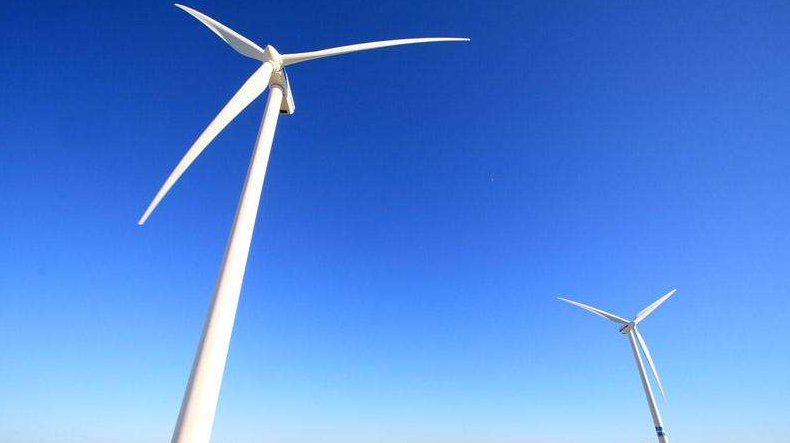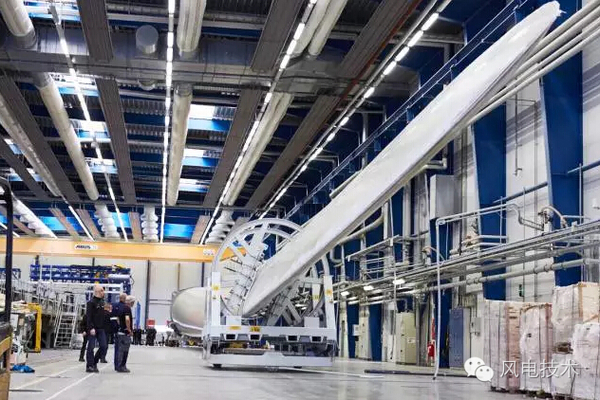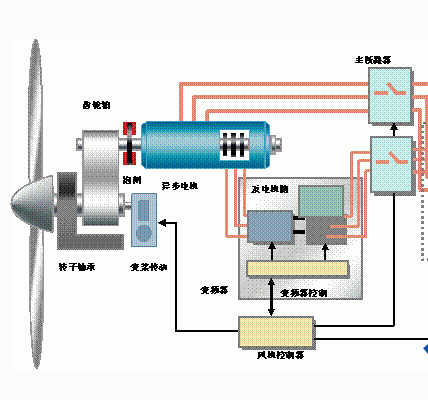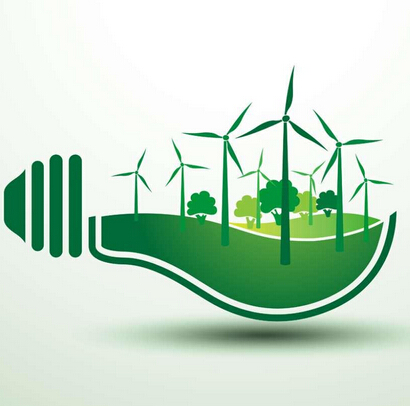Vietnam is located in the subtropical monsoon climate area, the coastline of 3260 km, therefore, Vietnam in the field of wind power has great potential for development, the World Bank (WB) research results show that Vietnam's 8.6% of the land to facilitate the installation of wind turbines.
According to the German International Cooperation Agency (GIZ) wind energy survey data, thin Liao, Ca Mau, Shuo Zhuang, tea Rong and Penang and other Vietnam's Jiulong River Delta provinces and coastal areas of the sea and the huge wind, easy to carry out wind power investment projects. The wind power generation capacity of the Jiulong River Delta can reach 1200-1500 MW.
Among the various renewable energy sources, the use of wind power is very environmentally friendly and rarely has a negative impact on social development. Compared with other energy sources, the use of wind energy, the people in the crop cultivation is not lost or no need to face the placement problem, the wind energy does not like the thermal power station as environmental pollution.

In addition, because the wind power plant and the residential area of the distance is relatively close, therefore, save the transmission of electricity, the use of barren hills to install wind turbines, does not affect the land farming.
Ultimately, wind power protects Vietnam's energy security by reducing Vietnam's reliance on imported petrochemical energy and coal and natural gas market turmoil.
Vietnam's Ministry of Industry and Commerce statistics show that as of now, Vietnam has registered a total of 50 wind power investment projects, of which only the total power of 159.2 megawatts of four wind power projects have been put into commercial operation.
















 RCCN WeChat QrCode
RCCN WeChat QrCode Mobile WebSite
Mobile WebSite







